
Feel free to add tags, names, dates or anything you are looking for
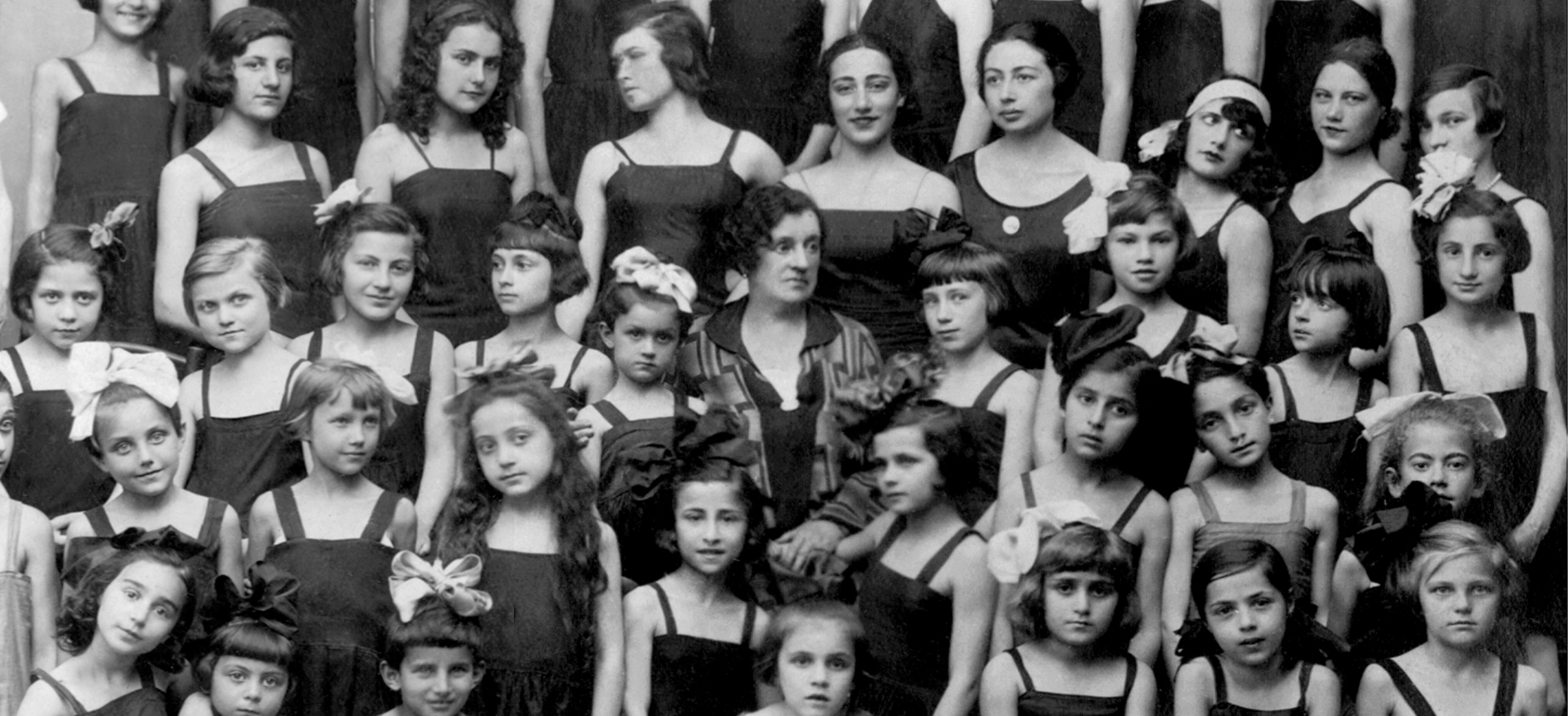

In 1973, director Giorgi Shengelaia made the first Georgian musical, Melodies of Vera Quarter. The film tells the story of two young sisters, Tamro and Maro, who dream of learning to dance but cannot afford the opportunity. However, in the old, historic Vera district of Tbilisi, they meet a kind-hearted laundress named Vardo, who helps the orphaned girls to pursue their dream. On Christmas Eve, Vardo stirs up such a commotion in the neighborhood that it almost leads to a full-blown uprising. At the heart of these events is an Italian couple who run the Vera District dance class.
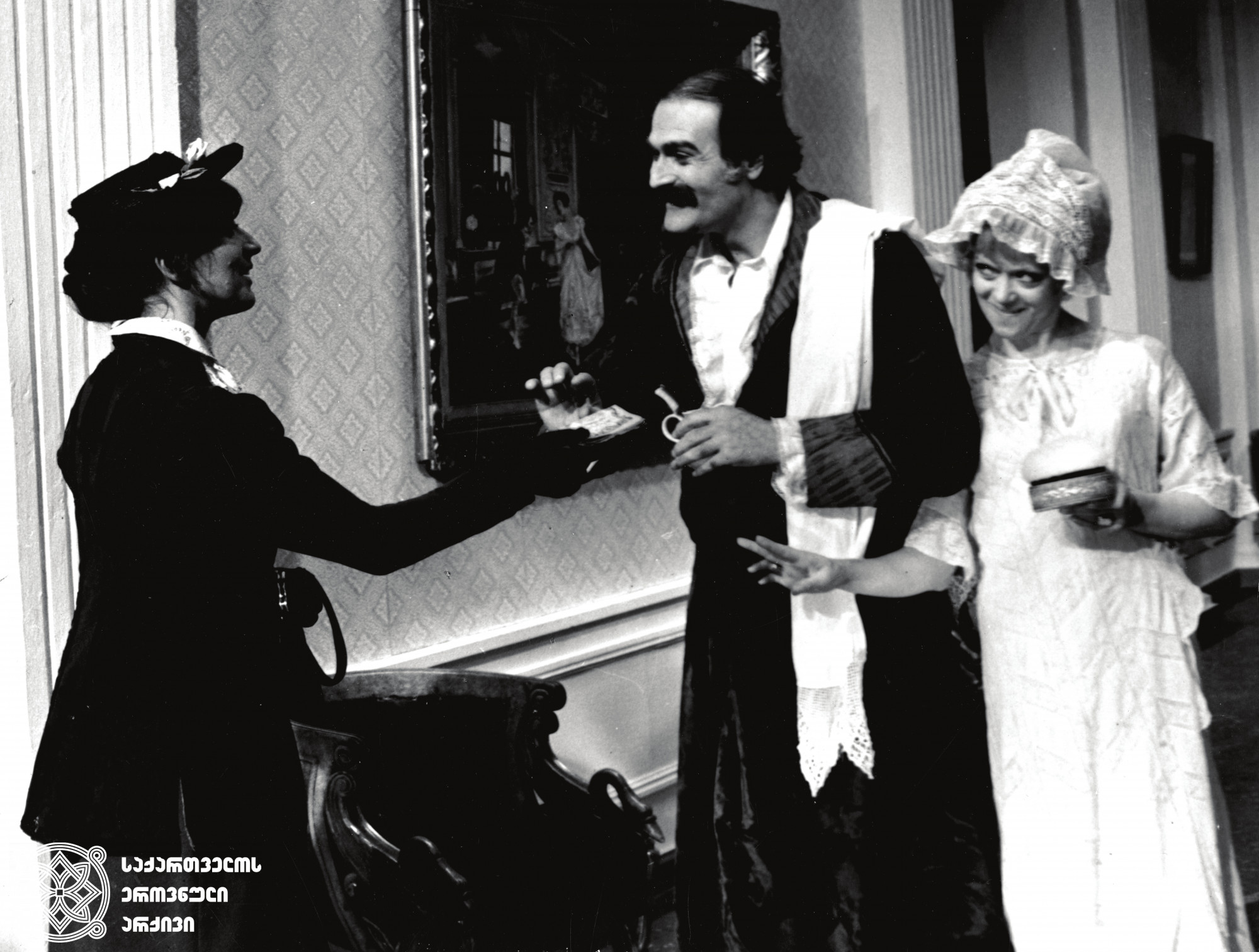
A still from the film Melodies of the Veri District starring Sopiko Chiaureli, Kakhi Kavsadze, and Alisa Freindlich. The film was directed by Giorgi Shengelaia. From the National Archives of Georgia
The director based the plot on Hauptmann's drama The Sunken Bell. However, he was also in part influenced by the childhood story of Nino Ramishvili, the founder of the Georgian National Ballet Sukhishvili. Nino and her sister Tamar were enrolled by their father in Maria Perini’s choreographic studio. When the family began to face financial difficulties and found themselves no longer able to pay the tuition, Maria Perini, the head of the studio, visited the Ramishvili family and informed them that the talented girls would be exempt from payment. Many students at Perini’s studio studied free of charge.
Maria Perini’s studio was located in the Vera district, in a space within the Kommersant Arshakun Palace, on Komendant Street 24 (today’s Griboedov Street). Perini, a choreographer and teacher, lived in the palace with her husband, Henryk Hryniewski—a Georgian artist of Polish origin. The rehearsal hall was adjacent to their living room. Hryniewski was one of the founders of the Tbilisi Academy of Arts, which is still housed in the same palace.
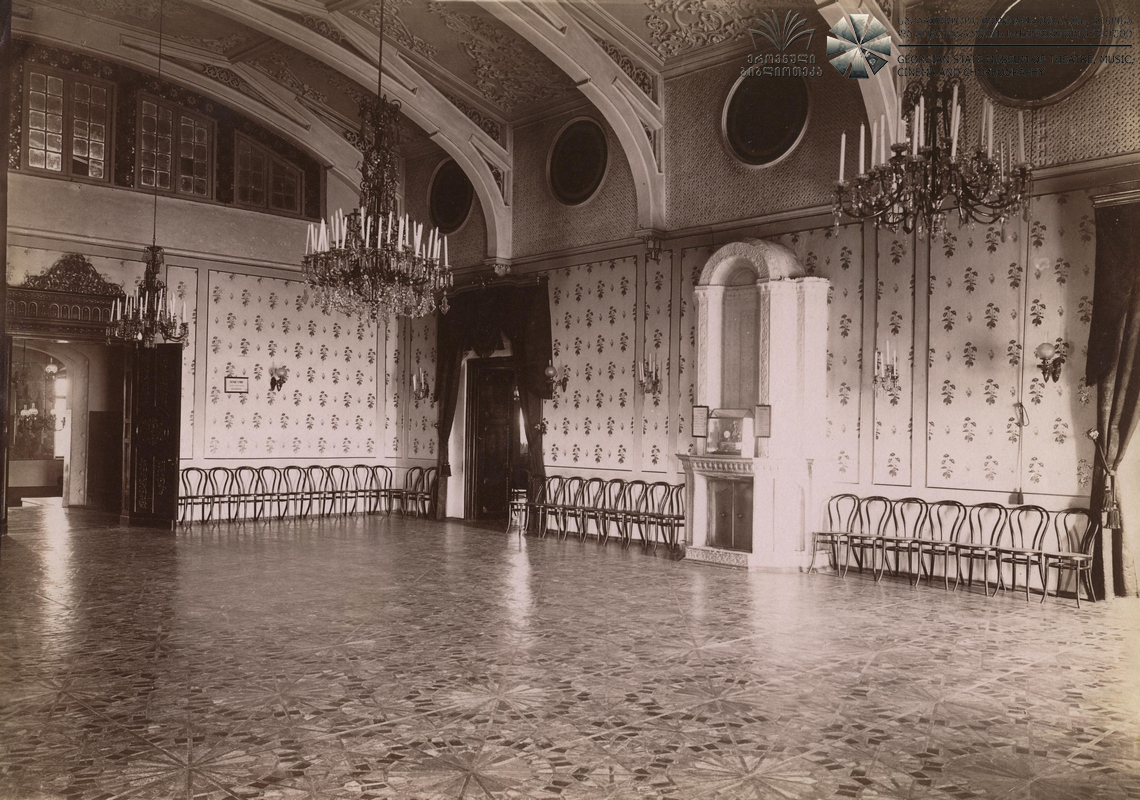
Hall of the Kommersant Arshakun Palace. From the digital library of the Iverieli collection
Henryk Hryniewski met Maria Perini when she was already a celebrated Italian ballerina, her performances at the Tbilisi Opera House consistently met with extended ovations. When Perini first arrived in Tbilisi, the first Opera House—located on what is now Freedom Square—was still closed due to the devastating fire of 1874, and performances were being held in the garden of the Treasury Theater. On February 5, 1891, the 18-year-old ballerina and student of Enrico Cecchetti gave her first performance for the Tbilisi audience at this venue. According to the newspaper Kavkaz, “Perini’s dancing was distinguished by exceptional grace.”
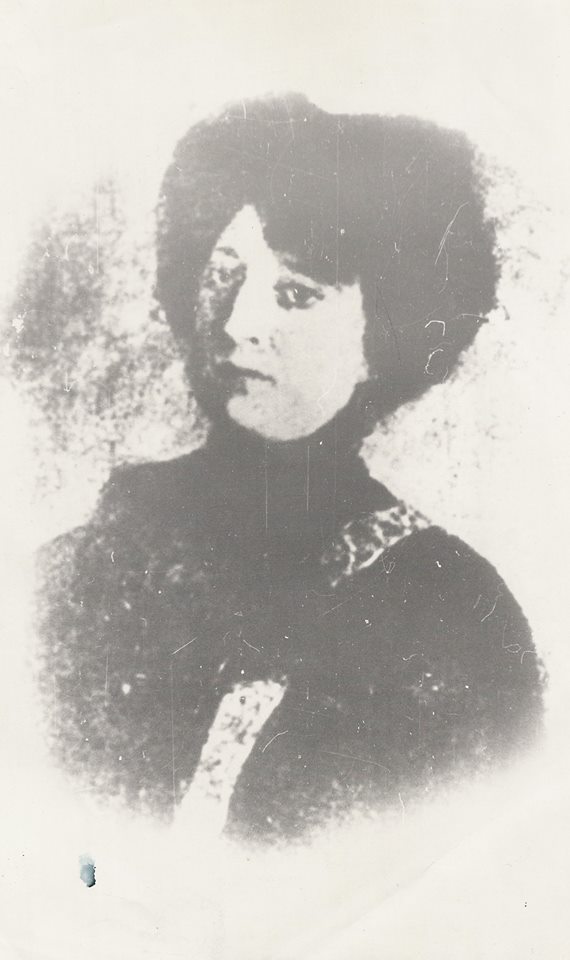
Maria Perini
Maria Perini served as the prima ballerina of the Tbilisi Opera Theater for ten years. She inaugurated Tbilisi's first choreographic studio for classical dances after saying farewell to the stage in 1907. Each year, the studio welcomed up to 150 ballet students, many of whom went on to devote their lives to dance. Among them was Vakhtang Chabukiani, who happened to be in the elegant Arshakun Palace by a stroke of chance.
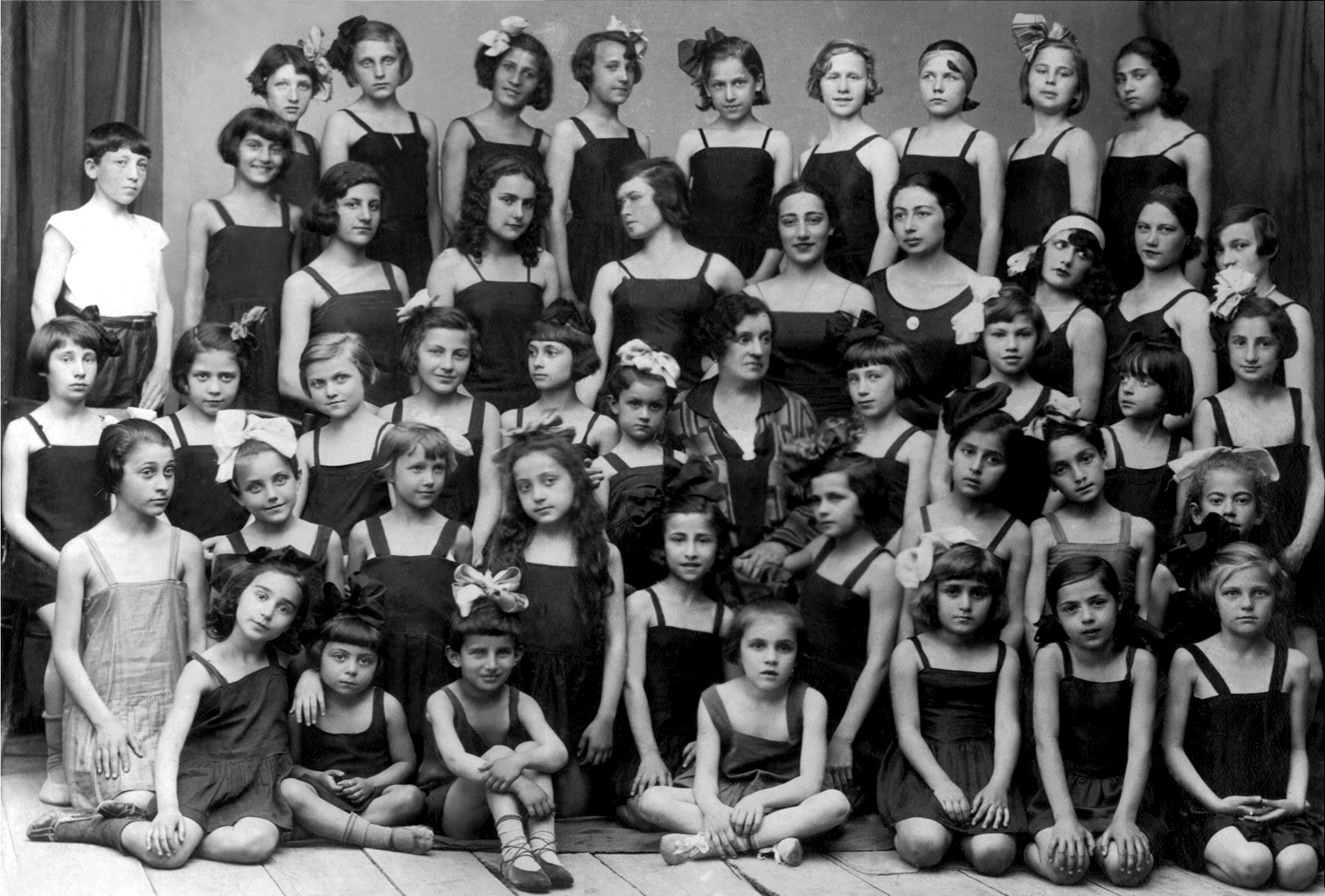
Maria Perini and Her Students
In Tbilisi’s Vera district of the 1920s, Maria Chevalier had an arts and crafts school for children from low-income families. The children wove wicker baskets and made toy figures out of cardboard. One of them—a lively and agile 12-year-old boy from a large, poor family—caught Chevalier’s attention. She sensed his deep interest in music and dance, and entrusted him with delivering a basket full of New Year’s gifts to Maria Perini’s studio. This is how Vakhtang Chabukiani entered a world that felt like a fairy tale. Who knows how the destiny of this brilliant dancer might have unfolded without that unexpected visit? “By fate or providence, I, a 12-year-old boy, encountered Perini… I probably never would have come near ballet if she hadn’t crossed my path,” Chabukiani recalled years later.
Prom Poster of Maria Perini's Studio
Maria Perini recognized Vakhtang Chabukiani’s talent from the very beginning. She not only taught him dance, but even entrusted him with staging choreographic pieces.
In 1920, during Georgia’s brief period of independence, her studio was renamed the State Theater Ballet School. After the Russian occupation, the studio became affiliated with the Tbilisi Opera Theater.
.jpg)
Choreographic studio of the Tbilisi Opera and Ballet Theater. Among the students, from the left, are teachers David Javrishvili, Maria Perini, and Gary Barkhudarov. 1930. From the collection of the
Palace of Arts
In 1927, the People’s Commissariat for Education in Soviet Georgia organized a special evening to mark the 30th anniversary of Maria Perini’s work in acting and ballet pedagogy. The main Bolshevik newspaper Komunisti (Communist) wrote: “The Soviet government values Maria Perini’s contribution. Her studio has now been transformed into a state ballet school.”
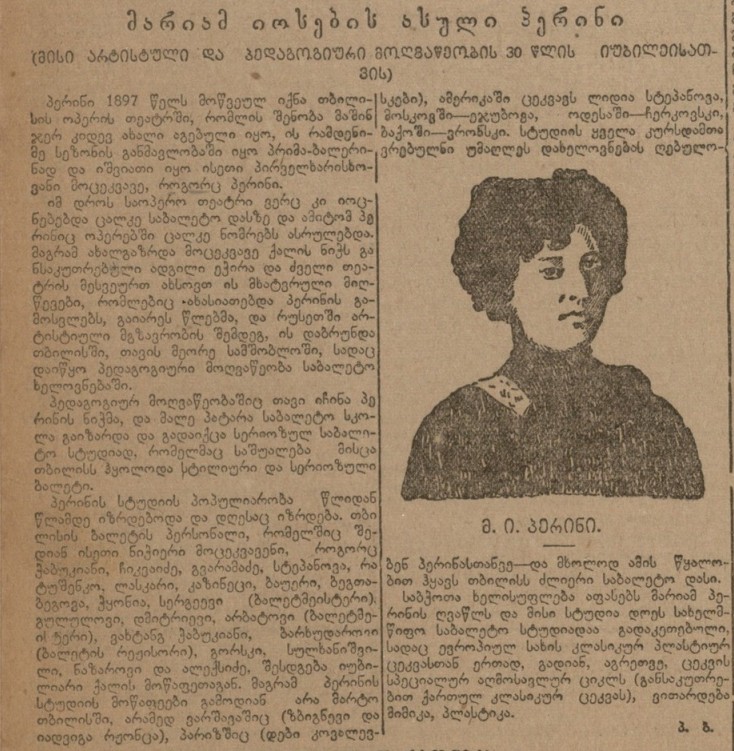
Newspaper Komunisti, on the 30th anniversary of Maria Perini's artistic and pedagogical activity. 1927. N69
This recognition was thought not to be enough for a person who had made such an extraordinary contribution to the development of the Georgian ballet school, and so Perini was nominated for the honorary title of Honored Artist of the Georgian SSR. At the last moment, however, the communist authorities revoked the decision—citing her foreign citizenship as the reason.
Maria Perini’s husband, Henryk Hryniewski, fell victim to the political repressions of the 1930s. A distinguished artist, teacher, and intellectual, he was executed at the age of 68, and his extensive archive was almost entirely destroyed. Documents, projects, and pictures discarded by the Chekists during a raid of his home were found in the courtyard of the palace.
Fortunately, traces of his legacy remain: the first academic edition of Ilia Chavchavadze’s works, published by Gedevanishvili and illustrated by Hryniewski; Also, the building of the Noble’s Land Bank (now the first building of the National Library), was co-designed with Anatoly Kalgin.
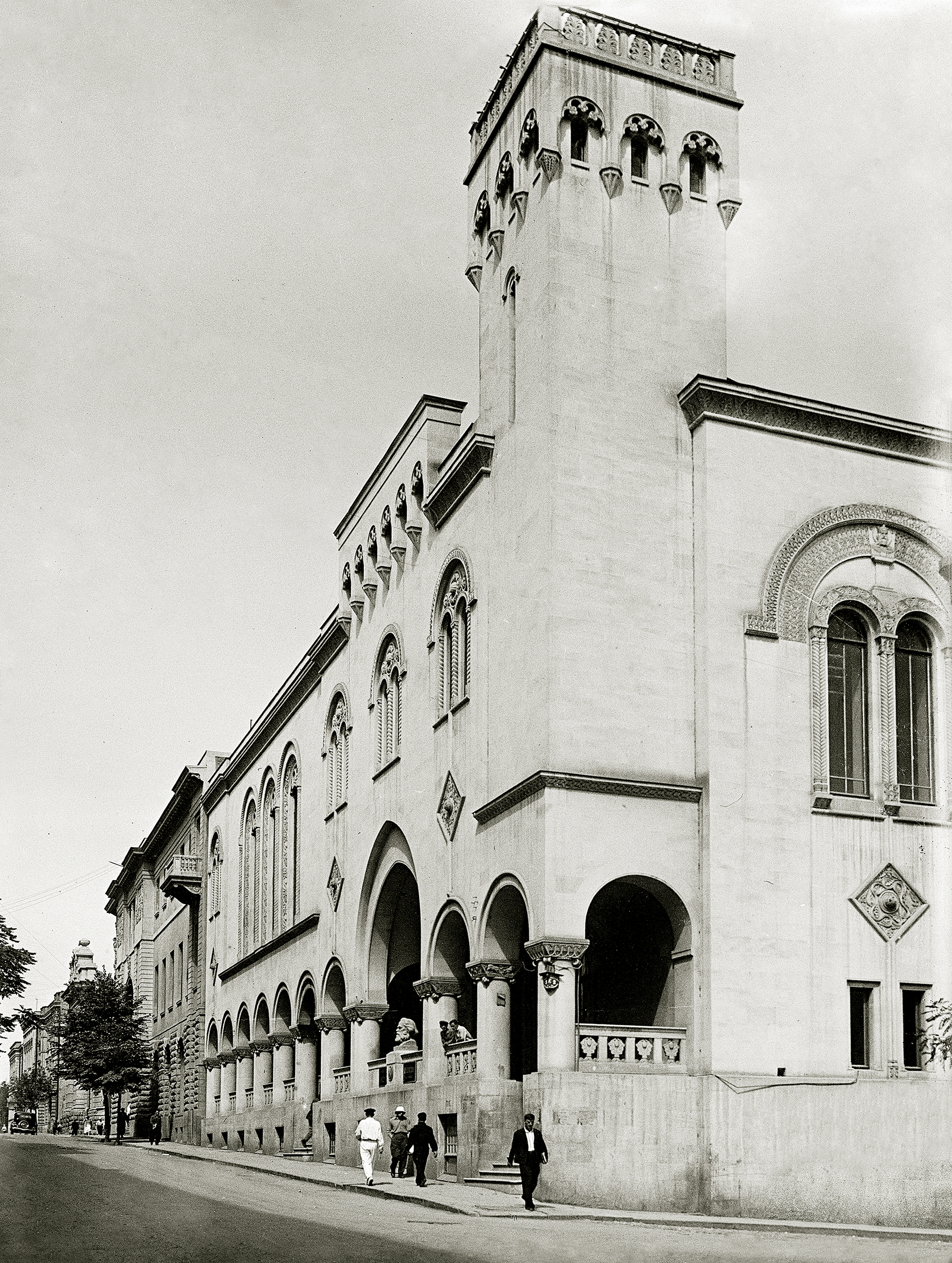
The First Building of the National Library (former Noble’s Land Bank). Project by Anatoly Kalgin and Henrikh Hrynevsky. 1913-16. From the collection of Eka Kiknadze
In 1937, Maria Perini’s son by her first marriage, Ferdinand Inocenzi, became another victim of the Stalinist regime. His father was Abdon Inocenzi, who worked as the chief ballet master of the Tbilisi Opera for 27 years.
Before returning to Italy, in December 1936, Maria Perini attended the premiere of Mzechabuki, the first Georgian ballet, choreographed by her former student Vakhtang Chabukiani and composed by Andria Balanchivadze. That evening, she saw clear proof that her life's work had not been in vain, as the majority of the performers in the ballet were graduates of her studio. Georgian ballet now had a promising future. Indeed, many of Perini’s students went on to become renowned dancers and choreographers themselves: Nino Ramishvili and Iliko Sukhishvili founded the Georgian State Dance Ensemble; Soliko Virsaladze became one of the world’s most distinguished scenographers; and dancers such as Maria Bauer, Lili Gvaramadze, Irina Aleksidze found success on the stage of the Tbilisi Opera House. Sadly, their teacher did not live to witness their lasting achievements.
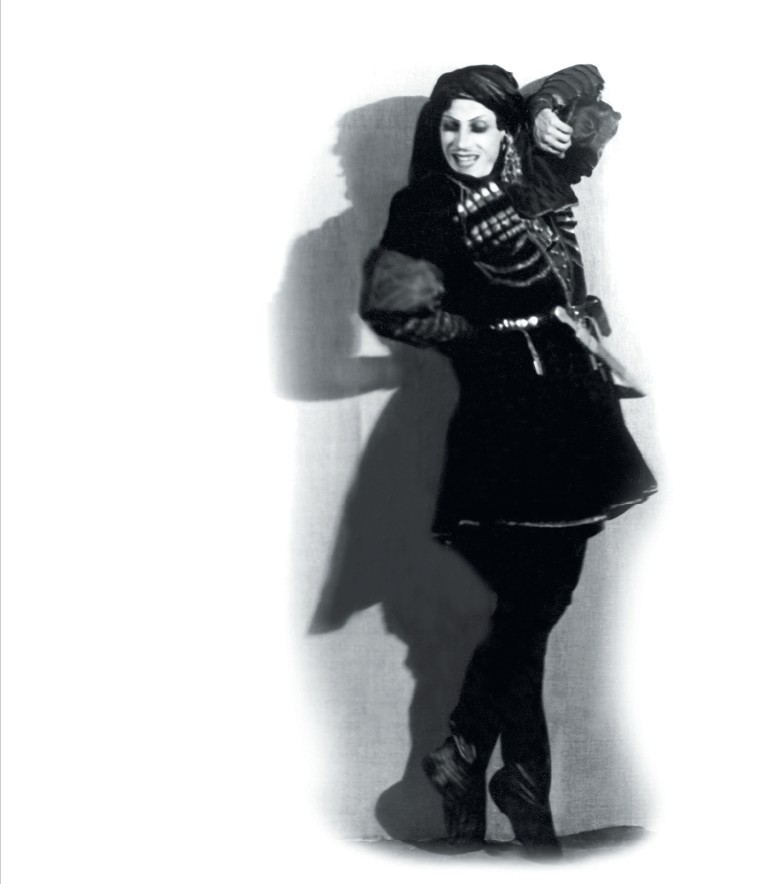
Jarji. Vakhtang Chabukiani. From the ballet Mzechabuki (Heart of the Mountains)
After 47 years of serving Georgia, Maria Perini was forced to sell all her possessions to raise enough money to travel following her deportation from the Soviet Union. According to unconfirmed sources, she first went to Turin, then moved to Nice, where her sister ran a boarding house. She passed away there a few years later.
In Tbilisi, students received warm, bittersweet letters from their former teacher. “Vivi, Yana, Ruzana...” she wrote, addressing the most talented ballerinas of her final class, and sending them affectionate greetings filled with longing. The adults, fearing the authorities, asked the children to hide the letters. Maria Perini never received any replies from Tbilisi.